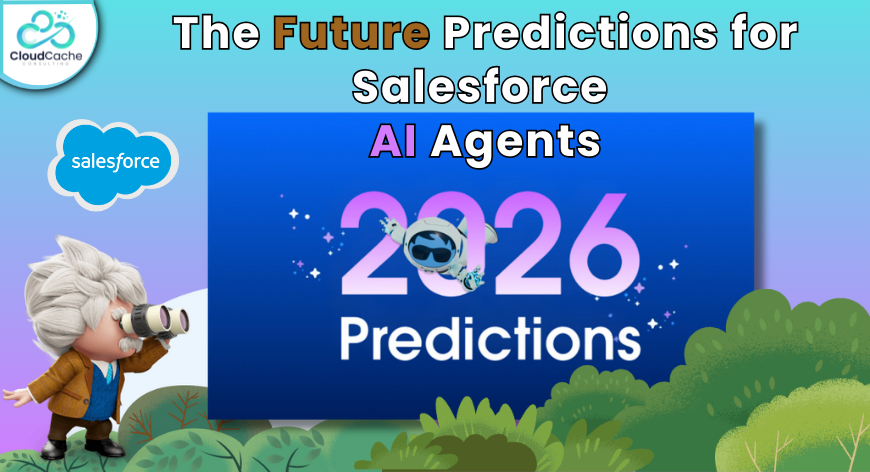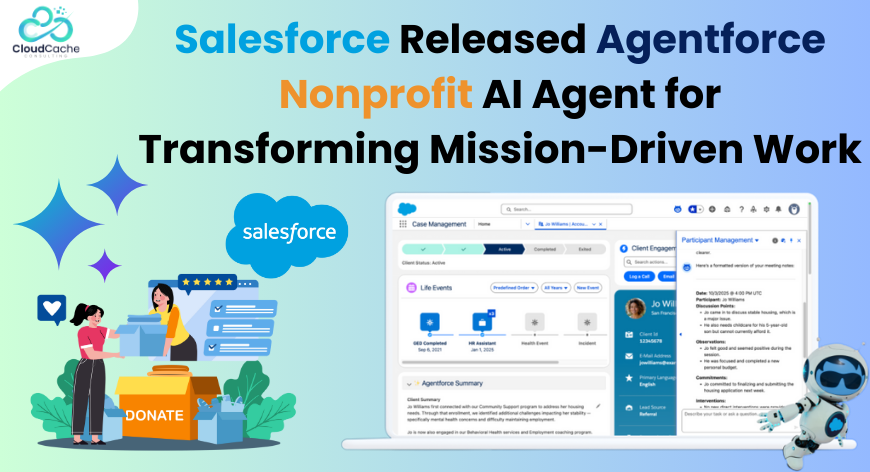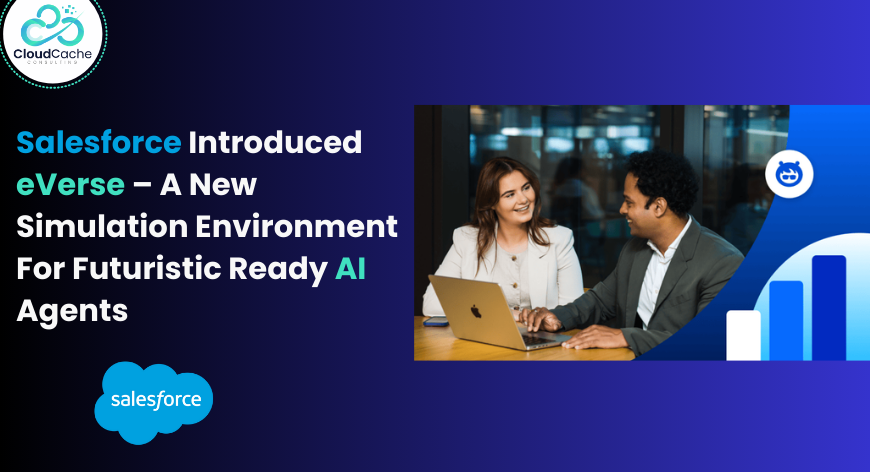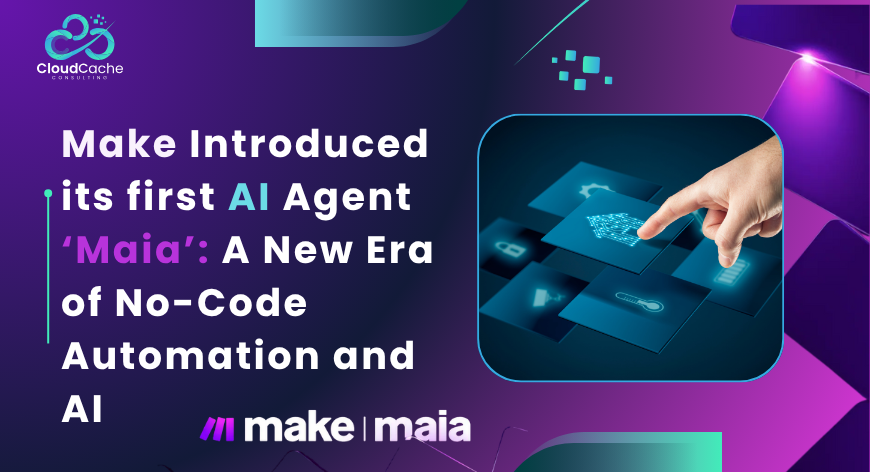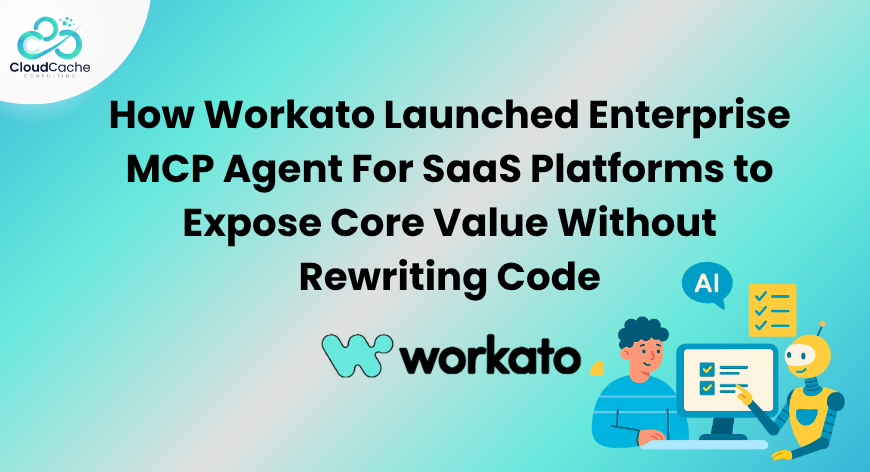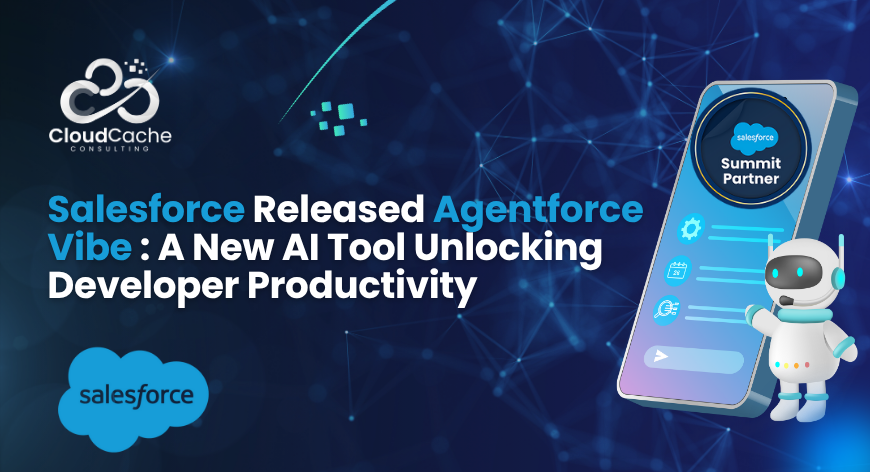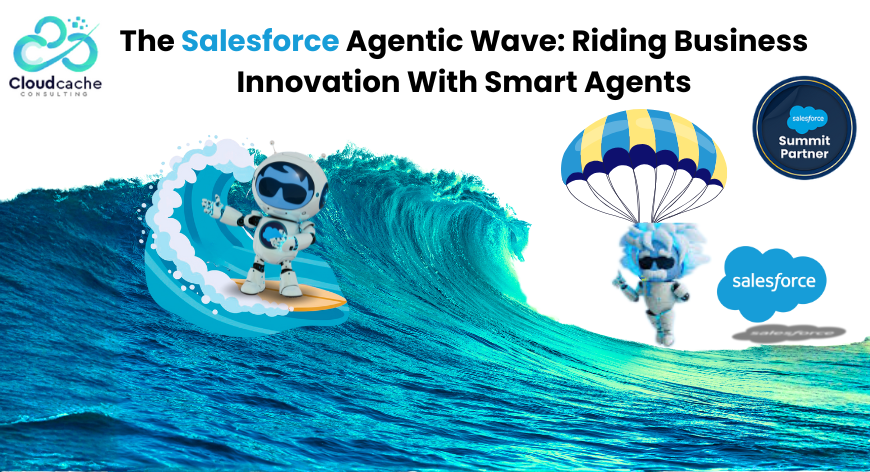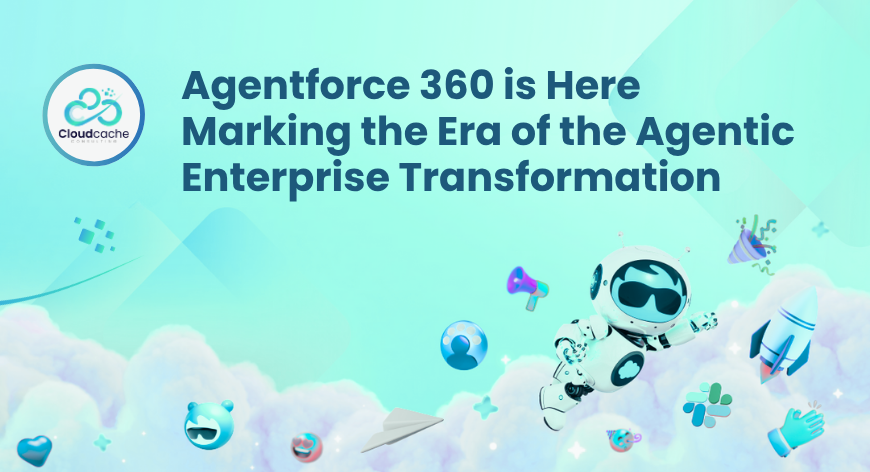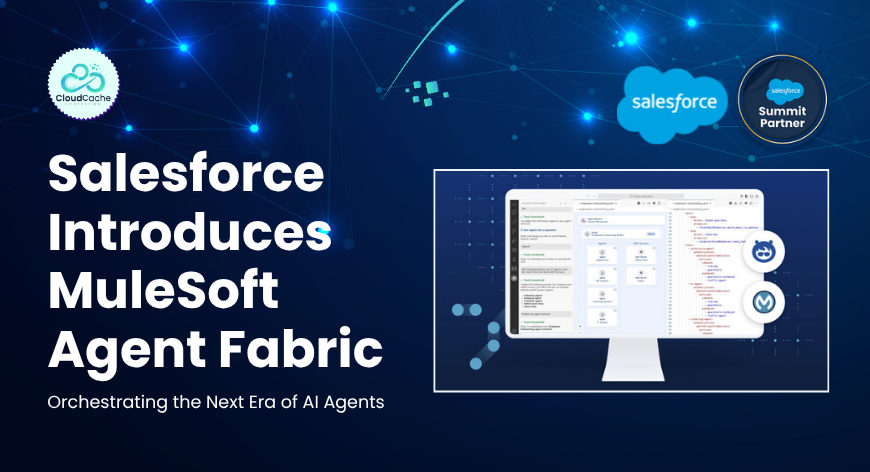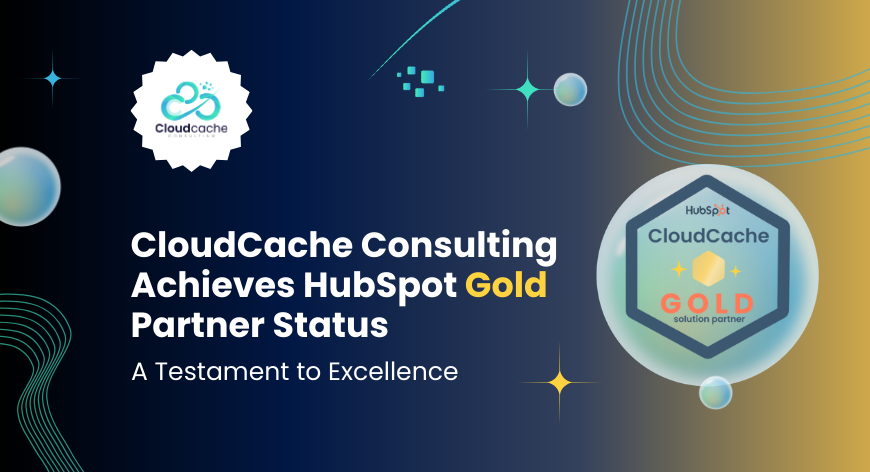
Meet make.com's Next Gen AI Agents Transforming Automation Industry
Make begins event wave 25 by introducing the idea of the automation spectrum. On one end lie rule-based, deterministic workflows (i.e., “if A then B” reliably produces output C), and on the other end sit fully agentic, context-aware, adaptive automations that can reason, choose, and act in more open-ended situations.
What are these new make.com AI Agents
The new generation of their AI Agents is a leap towards that agentic end of the spectrum. It’s not just automating tasks but adding intelligence — “reasoning and adapting” in real time.
What’s new in the next gen Make AI Agents
Make outlines several major enhancements in this new version of their agentic platform. Key features include:
- Built into the Scenario Builder: Agents are now “first-class citizens” inside the visual scenario builder environment that users of the Make platform are already familiar with. This means less siloing and better integration of agents into existing workflows.
- Transparency via visual execution + reasoning panel: One of the big complaints around “AI agents” is that they often work as a “black box”. Make addresses that by showing step-by-step logs, tool-calls, eventually showing reasoning, all presented visually. Users can see what the agent did, how it decided, and follow its logic.
- Shareable and reusable agents: Instead of agents being one-off experiments, the next generation supports sharing across teams, reusing across scenarios, scaling within an organization. Make plans to further extend this via a public library of expert-built agents.
- Dynamic routing & adaptive logic: The new agents allow a “router” kind of step where the AI can choose which path a task should take, rather than being locked into a fixed path defined by a user upfront.
- Redesigned UI + full context support: The UI is made smoother (prompt management, error handling) and there’s a roadmap to allow multimodal inputs—documents, images, audio—so the agents can be more contextually aware.
Module Tools: The bridge to “tools for agents”
Make also highlights their companion feature, Module Tools, which lets any module in the Make platform become a callable “tool”. These tools can then be used by agents. It’s an important architectural element: agents don’t just wander around trying things blindly — they can invoke well-defined modules (tools) that represent functionality.
This modular approach helps both beginners (easy experimentation) and advanced users (building large, complex systems) to adopt agentic workflows more safely and reliably.
Why transparency and trust matter
One of the strongest themes of the article is trust. Make argues that for enterprises to adopt agents (versus simple workflows), they need to be able to explain and reason about what’s going on. The visual-first design is central: making what the agent does visible, understandable, and thus auditable.
In particular:
“This focus directly addresses the biggest blocker to agentic automation adoption across enterprises: trust. Reliable outputs and the ability to explain how agents work is how Make will cement agentic capabilities within companies’ day-to-day operations.”
So the narrative is: as agents become more capable (i.e., less purely deterministic), they also become more opaque — unless you build transparency in. And Make is claiming to do just that.
Implications for businesses & automation strategy
What does this mean in practical terms for organizations? A few observations:
- Faster time to value: Because these agents are integrated into the visual builder and are reusable and shareable, organizations can scale automation not just horizontally (many workflows) but “intelligently” (agents that adapt).
- Reduced risk / higher governance: With transparency built-in, enterprises may have less resistance to deploying agentic automations in mission-critical areas (finance, operations, compliance) because they can inspect what’s happening.
- More complex use-cases become feasible: With dynamic routing, multimodal context-inputs, and the agent + tool architecture, it moves beyond simple “if/then” tasks into areas where decisions must be made: e.g., “should we escalate this ticket?”, “which product variant should we prioritize?”, “is this invoice likely fraudulent?”
- Organizational reuse & knowledge capture: By being able to capture a well-built agent and share it across teams, companies embed institutional knowledge into their automation platform
Challenges
The reuse feature is powerful but needs culture and process to support it.
While multimodal support is promising, until all the context is available (documents, images, audio etc) agents may underperform.
The tooling for governance, monitoring, and metrics will matter.
Agentic automation Trend
Make is symptomatic of a larger shift in the automation space: the move from workflows and RPA (robotic process automation) to agentic systems — systems that don’t just execute pre-defined steps but perceive, reason, decide, and act. The benefits: higher flexibility, greater autonomy, capacity to handle ambiguity, and exceptions. However, as Make emphasizes, to make this practical in business you must pair power with explainability, scalability, and reusability.
Conclusion
Make’s the next generation of AI Agents represents a meaningful evolution from “automation” to “intelligent automation” — visual, transparent, reusable, and integrated.
If you’re exploring where to go next with automation in your organization, the key questions to ask are:
- Can we visualise and trace what our “agent” is doing (not just what it should do)?
- How easily can we reuse and share agent logic across workflows/teams?
- Do we have the data and context needed (documents, images, interactive inputs) for adaptive logic?
- Do we have the human-governance framework for when the agent reaches its limits or makes uncertain decisions?
With those in place, platforms like Make’s next-gen AI Agents could become a strategic enabler rather than a mere tool. Stay connected with CloudCache Consulting for more.
